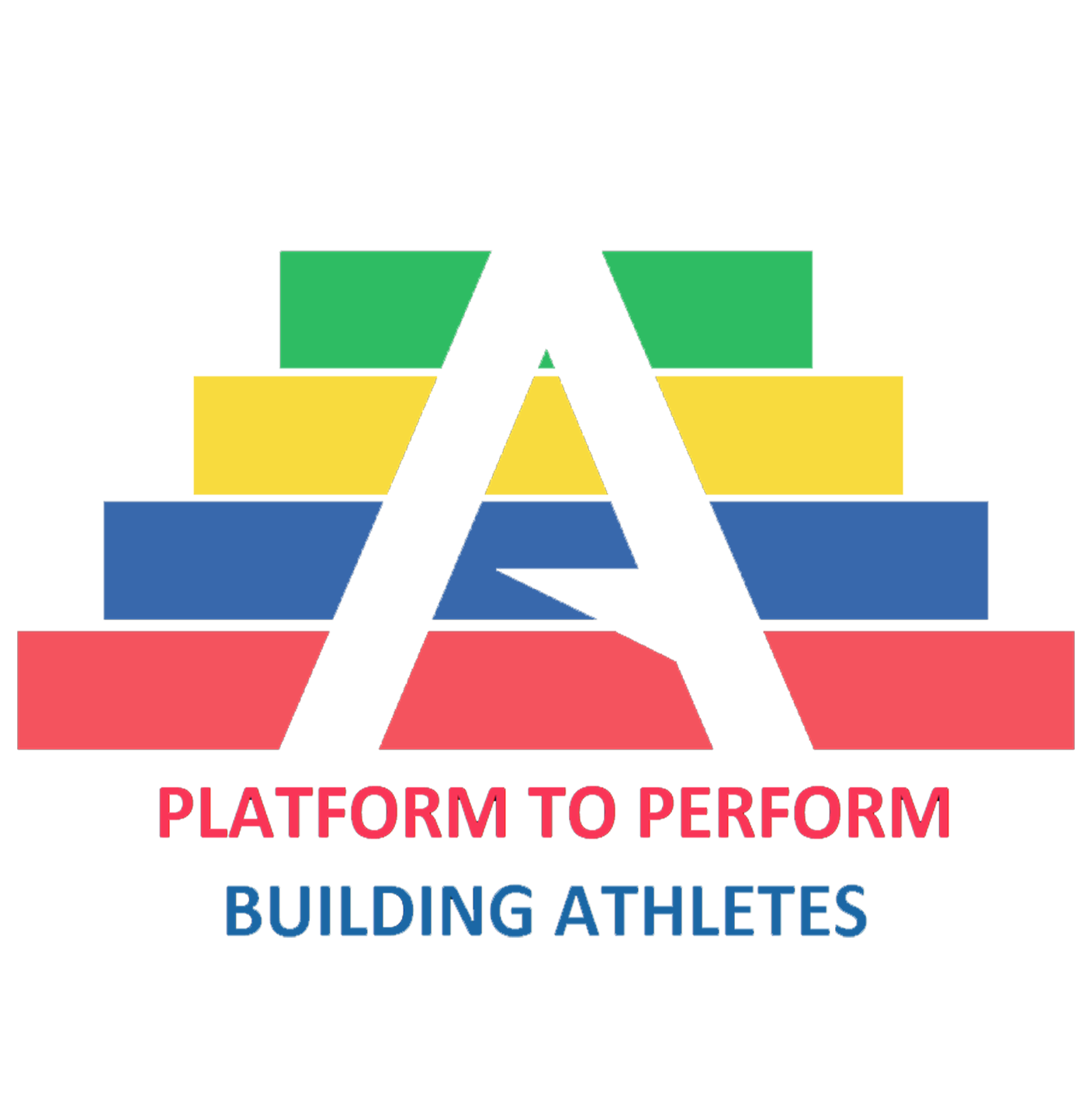The word basic derives from the word base, so we need to remember that when we are working on “the basics”, we are effectively trying to build the largest athletic foundation possible.
To build this athletic foundation, irrespective of age, we need to focus on the 3 athletic qualities upon which all the others are built, and the fundamental movement patterns.
3 Key Athletic Qualities
Of course there are other physical qualities, but none as important as mobility, strength and control when we talk about building the most robust athletic base.
Depending on who you talk to, you might get different definitions, but here’s how I define the three:
Mobility - without going too technical, mobility is the ease in which you can get into a position.
Strength - is coordination training with appropriate resistance to handle bodyweight, project an implement, resist gravity and optimise ground reaction forces (credit to *Vern Gambetta, who shared this definition in episode 45 of the Platform to Perform Podcast)
Control - the ability to coordinate your limbs in a way that minimises fatigue, optimises effort and is most efficient within context of the task at hand and the individual performing it
You might say, what about endurance or speed?
Why aren’t those part of the big three?
Endurance is simply repeating a pattern under load. Meaning it makes sense to have the mobility to access the positions of a pattern, the control or coordination to transition between different portions of that pattern, and finally the strength to allow us to load the pattern (or at least endure repetitions of the pattern with a reduced chance of the pattern or our bodies breaking down or tiring as a result).
Strength also transfers better to endurance than endurance transfers to strength. Last week I nailed a 45kg weighted chin up 2 days prior to managing 18 strict bodyweight chin ups and a 2 minute plus hang time…despite no emphasis on endurance style training.
Performing a movement pattern faster (aka speed), or for repeated or prolonged efforts (aka endurance) makes much more sense when we have prerequisite levels of mobility, control and strength.
Movement Patterns
In my Patreon exclusive article Why Body Part Splits Are Failing, I explained why body part splits routines, which were largely influenced by bodybuilders, are outdated and contextless in helping the average person build muscle.
If we want to develop muscle, the high tension, close to failure, machine centric approach favoured by bodybuilders can help to a degree, but The Hypertrophy Handbook: The Science of Muscle explains what else is missing.
Let’s not confuse looking athletic, with being athletic; if your training inside the gym is improving your athleticism, you should see it improve other aspects of your life outside of the gym.
This is the reason why I consider the below movement patterns to be “basics”: because their shapes underpin both sporting activities and those everyday life:
Loaded carry – the ability to lift and travel with weight. This could be as arduous as moving your sofa out of your house, or as mundane as carrying more groceries in less trips
Squatting – the ability to sit down and stand back up. For kids, this might be mean getting creative with how they get off the floor, whilst for adults, the lower body strength to sit on the floor and stand back up correlates with life expectancy
If your grandparents can score 10/10 on the Brazilian get back up test, they are significantly less likely to be hospitalised from a fall
Bending – this could be bending at the hips to shift a heavy load (like a sofa or a barbell), the mobility to bend your spine to tie your shoes, and everything in between
Pull – bringing your body closer to something, such as your chest to the bar in a pull up, or your grandchild off the floor for a hug
Push – creating space between you and an object, such as pushing yourself away from the floor
Brace – the ability to resist unwanted movement (for example, holding a young child at arm’s length without toppling over)
Balancing/Stepping/Lunging – the ability to maintain a degree control with less points of contact with a given surface. For athletes, this might be curved sprinting, or changing direction to avoid an opponent, whilst for older adults this could be as simple as avoid falling over when using the stairs.
Ground work – the ability to interact with the ground safely. For younger athletes this might look like crawling variations, for adolescent athletes or sporty adults this might be plyometrics, and sprinting, whilst for the aging athlete this would involve learning how to protect yourself from a fall
If you’d like to build your athletic base, or improve your ability to perform the basic human movement patterns, then as a thank you for getting to the bottom of this article, you can check out all my Patreon exclusive resources, including all those mentioned in this article, for week’s free trial, via this link.
For exclusive video content that is not available via my website, check out my YouTube channel.
About the Author
Formerly an amateur boxer, Todd’s passion for strength and conditioning saw him become part of the strength and conditioning team for the GB Boxing Rio 2016 Olympic squad, publish research as part of the MIddlesex County Cricket S&C team and then take this expert knowledge into private and comprehensive schools.
Todd Davidson is an accredited strength and conditioning coach, has a masters in strength and conditioning, and is also a qualified P.E teacher.
If you would like to become the strongest version of yourself, and work with him either remotely, or in person, you can reach out to him via platformtoperform@gmail.com





